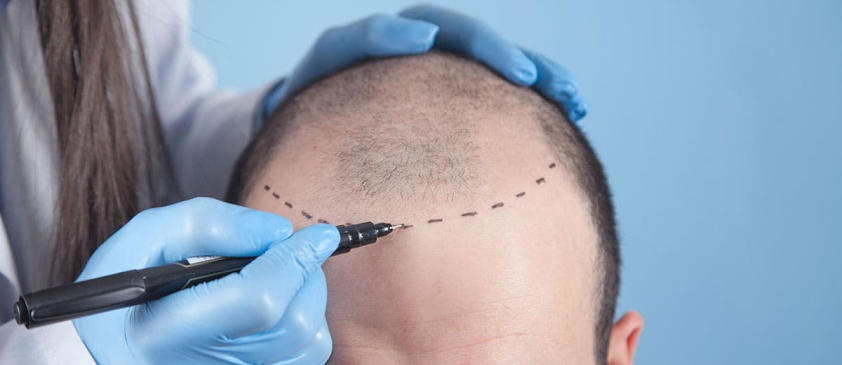
08 Oct FAQ About Body Hair Transplants
A body hair transplant is a procedure that involves removing hair follicles from one part of the body and transplanting them to another area. The goal is to improve hair density or create coverage where hair is sparse. The long-term outcomes of using body hair can be more variable, and a specialist can help determine the most appropriate approach. Here is more information on body hair transplant procedures:
What Happens During This Hair Transplant?
While scalp hair from the back of the head is often preferred as a donor source due to its typical resistance to hormonal changes, body hair transplants are also an option. A specialist will review your medical history and examine potential donor and recipient sites. The surgeon works with you to create a plan that aligns with your goals, selecting the most suitable donor area.
During a hair transplant procedure, individual hair follicles are typically harvested using a method like Follicular Unit Extraction (FUE). These grafts are carefully handled and preserved while the recipient area is prepared. The surgeon then places each graft into the recipient site. The duration of a session can vary depending on the number of grafts being transplanted.
Some areas commonly treated by body transplants include:
- Beard
- Mustache
- Eyebrows
- Eyelashes
- Chest
Who Is a Candidate?
Determining candidacy for a transplant requires a thorough evaluation by a qualified specialist. A suitable candidate generally has an adequate supply of healthy donor hair with characteristics that are compatible with the recipient area. A surgeon will also assess any previous hair restoration procedures and discuss how lifestyle factors may impact the aftercare and results. Final candidacy is established only after a comprehensive consultation.
What Are the Possible Results?
The goal of a body hair transplant is to improve the appearance of hair density and enhance the shape or coverage in the treated area. The procedure can help create a fuller look in locations like the beard, eyebrows, or scalp. Results and recovery will vary for each patient.
The Recovery Process
Following the procedure, patients can expect a period of healing and hair growth. It is common for the transplanted hairs to shed within the first two to three weeks. New hair growth typically begins to appear after a few months. Depending on the extent of the hair loss and the desired density, multiple sessions spaced several months apart may be suggested to achieve the final goal.
The Results
The full effect of the transplant may become visible within about a year. Results vary based on individual factors, including the characteristics of the donor hair and how closely aftercare instructions are followed. The texture and growth cycle of body hair may differ from scalp hair, which can influence the final aesthetic outcome.
Learn More About Hair Transplants
Transplanting body hair to another area offers benefits like fuller-looking hair and a more defined shape. Overall health is one factor in determining candidacy, as certain medical conditions may affect the procedure or healing process. To explore your options and develop a personalized plan, contact a hair restoration specialist today.

No Comments